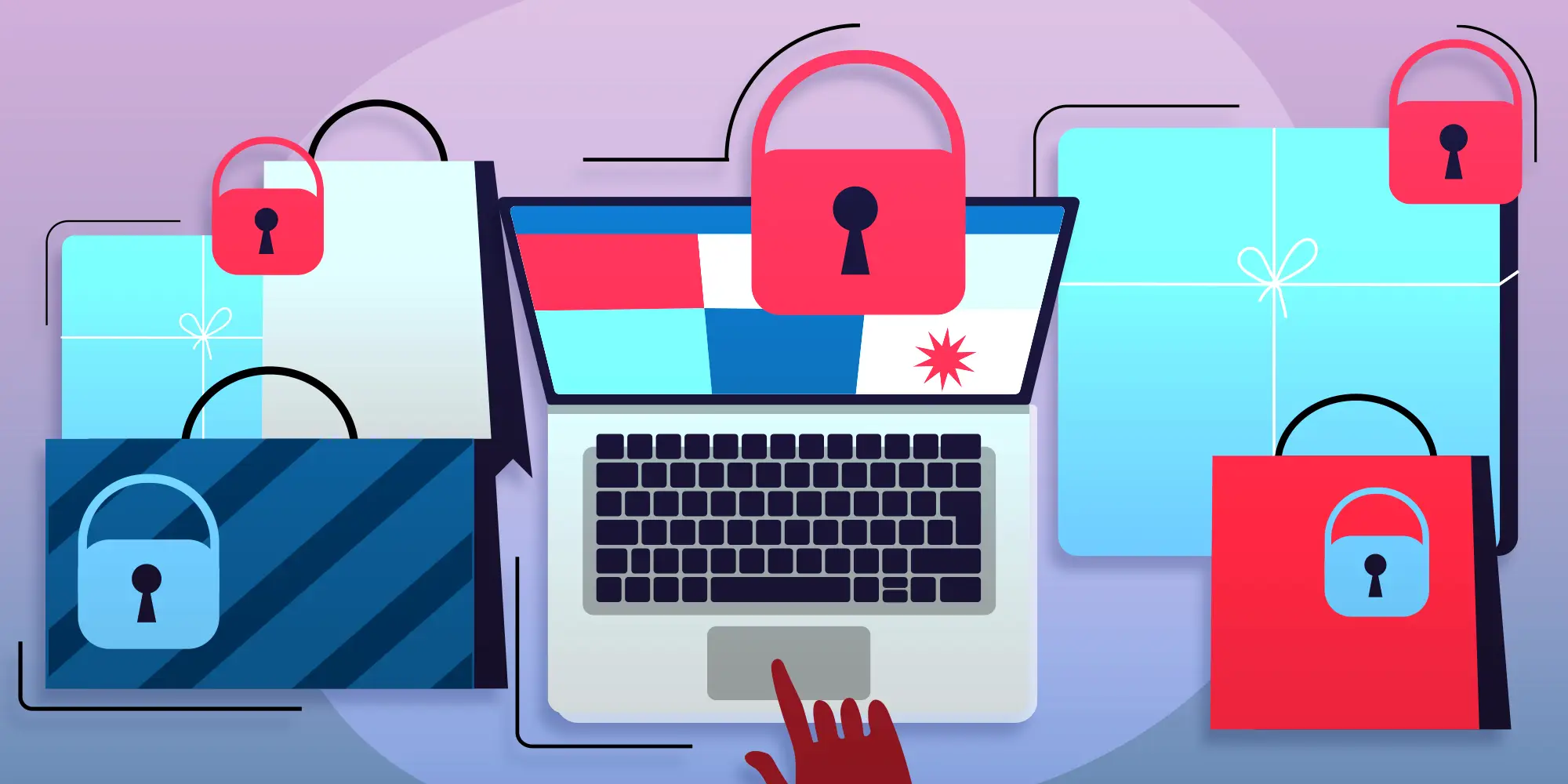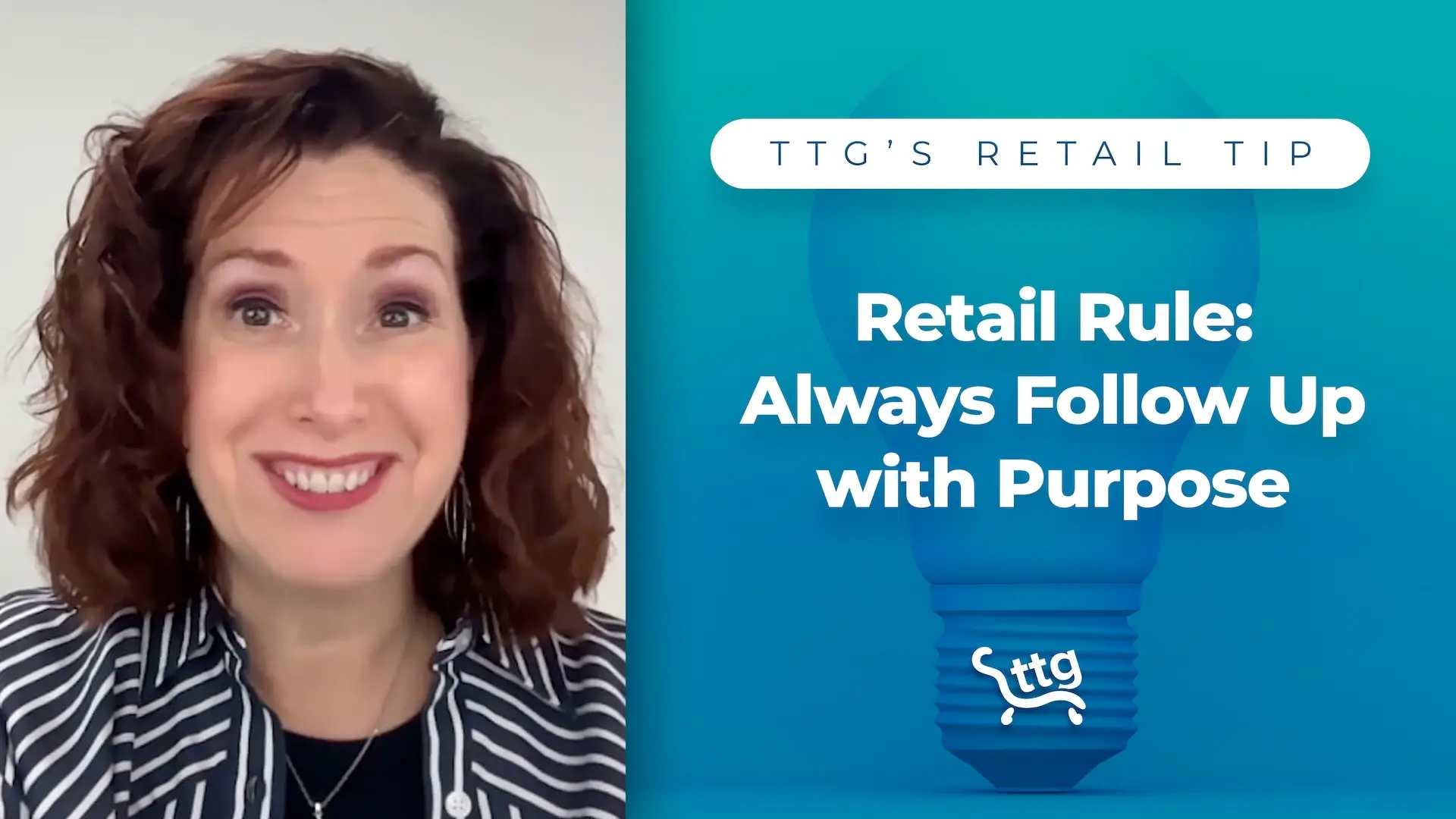Key Takeaways:
Grasp what ecommerce site security is.Better understand data breaches and their inherent costs, both to customer trust and your business’s finances.
Equip yourself with simple ways to secure your website so that customers trust both you and your online domain.
Small businesses are increasingly turning to eCommerce to reach a wider audience and increase sales. But the convenience of online transactions comes with its own set of challenges, primarily concerning the security of the website and the trustworthiness of the brand. According to recent data from Statista, 7 out of 10 global e-commerce users prefer payment methods that do not share their data with merchants. Join us as we explain what eCommerce site security is, break down security breaches, and share tips for enhancing customers’ trust in your brand and domain.
7 out of 10 global e-commerce users expressed favoring payment methods that do not share their data with merchants in 2022.
Statista, 2023
Defining eCommerce Site Security
So, what exactly is “eCommerce site security”? This term encompasses a wide range of topics, including:
- Website security:
This includes hardening your website against common attacks, such as SQL injection, cross-site scripting, and denial-of-service attacks. - Data security:
This includes protecting your customers’ personal and financial information from unauthorized access, theft, or loss. - Payment processing security:
This includes ensuring that your payment processing system is secure and that your customers’ credit card information is protected. - Network security:
This includes protecting your website and its infrastructure from unauthorized access and attacks.
Understanding Security Breaches
Security breaches can happen to any business, regardless of size. However, small businesses are often more vulnerable to attack because they may not have the resources or expertise to implement and maintain robust security measures. Not only do these breaches cost you customers’ trust, but they can also cost your business financially as well. Per IBM, the current average cost of a global data breach is $4.45 million.
Some of the most common types of eCommerce security breaches include:
- Data breaches:
This is when hackers gain access to your customers’ personal and financial information, such as names, addresses, credit card numbers, and social security numbers. - Malware attacks:
This is when hackers inject malicious code into your website that can steal data, track user activity, or redirect users to malicious websites. - Phishing attacks:
This is when hackers send fake emails or text messages that appear to be from your business in order to trick users into revealing their personal information or clicking on malicious links.
Currently, the average cost of a global data breach is $4.45 million.
IBM, Cost of a Data Breach Report 2023
How to Signal to Customers That Your Brand and Site Are Trustworthy
There are a number of things you can do to signal to customers that your brand and site are trustworthy, including:
- Use an SSL certificate:
An SSL certificate encrypts all data transmitted between your website and visitors’ browsers. This helps to protect their personal and financial information from being intercepted by hackers. - Display security badges:
There are a number of security badges that you can display on your website to show customers that you are taking steps to protect their data. These badges include the PCI DSS compliant badge, the Trustwave badge, and the VeriSign badge. - Have a clear and concise privacy policy:
Your privacy policy should explain how you collect, use, and protect your customers’ personal information. It should also explain how customers can contact you with any questions or concerns. - Offer excellent customer support:
If customers have a problem with their order or their personal information, they should be able to get help quickly and easily. This shows customers that you are committed to their satisfaction and that you value their business.
2 More Tips for eCommerce Site Security
Reviews & Ratings
Another factor shoppers consider when deciding whether or not to buy from a website is the presence of reviews and ratings. Reviews on product pages boost conversion rates. Featuring reviews on your home page or blog pages can build your customers’ confidence in your brand while they’re engaged with other content.
Transparent Store Policies
Today’s shopper will do a lot of research before they make a purchase. This includes making an effort to understand an e-store’s shipping and return policy, as well as their FAQs page. Having your policies clearly articulated on your website helps customers build trust in you. It’s a good best practice to provide this content at least twice — once on a policy page and once on a FAQ page — and link to it as needed from social media.
Give Your Site a Security Upgrade
By putting in a little extra effort to protect your site and your customers’ info, you’re not just avoiding trouble, you’re also showing your customers that they can feel safe shopping with you. It’s like building a friendship based on trust and loyalty. (And we’re here to help you do just that, so you can focus on what you love — running your business!)
Evaluate Your Site’s Security with TTG
A customized audit from Technology Therapy® Group is the perfect way to know where your website can improve in terms of content, visuals, and security. Find out more about our digital audit packages to start improving customers’ trust in your brand and site today!





